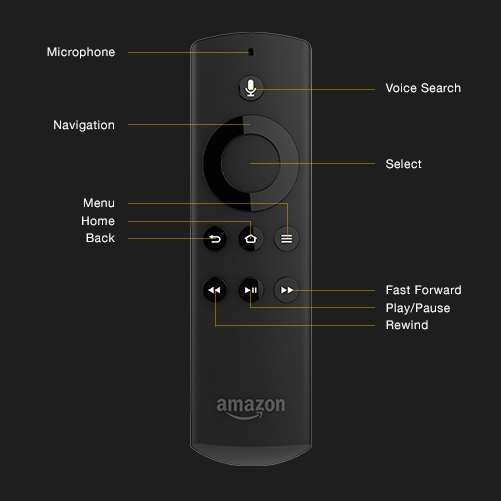My first thought when I see cool technology is to figure out how to connect to it with Delphi. So the day I got the Parrot AR.Drone 2.0 quadricopter I started working on Delphi interface. By the time evening rolled around the batteries were dead (after a couple recharges), but I had a basic interface working. The official developer guide seemed to be a little out of date, or I was reading it wrong, but once I got my facts staight, connecting was really easy. http://www.youtube.com/watch?v=aaGe2aERwgI The Parrot AR.Drone has it’s own access point. Once you’ve connected to it, then it is simply a matter of sending UDP packets for the basic controls. To accomplish that I simply used the Indy UDP Client: TIdUDPClient. Each command is sent with an increasing sequence number, so I initialize my interface as follows:
udp := TIdUDPClient.Create(nil);
udp.Host := '192.168.1.1';
udp.Port := 5556;
seq := 1;
The AR.Drone is always at 192.168.1.1 since it is the access point, and the port for communication is 5556 (one of a few ports, but the one we need for now.) It is worth pointing out that if you’ve previously flown your AR.Drone with the FreeFlight mobile app then you may need to reset your drone to unpair it. Otherwise it is paired to only that device. The commands are formatted with an AT* prefix, and a series of arguments. For example, to take off, the command is AT*REF=1,290718208 where AT*REF is the command, 1 is the sequence number (always the first argument) and 290718208 is a bitmask that means take off. I created a SendCommand routine that looks like:
procedure TARDrone.SendCommand(cmd, arg: string);
var
full: string;
begin
if not udp.Active then Connect;
full := Format('%s=%d,%s' + Chr(13), [Cmd, Seq, arg]);
Seq := Seq + 1;
udp.Send(full);
end;
Notice the command is terminated with a carriage return (#13). The documentation says line-feed (#10), it is wrong. Supposedly you can send multiple commands in the same message, if they are separated by the carriage return. I haven’t tested that. Then I can send the some common commands like this:
SendCommand('AT*REF','290718208'); // Takeoff
SendCommand('AT*REF','290717696'); // Land
SendCommand('AT*CONFIG', '"control:altitude_max","10000"'); // unlimited altitude
SendCommand('AT*CONFIG', '"control:altitude_max","5000"'); // restrituded altitude - unsure what units 500-5000.
SendCommand('AT*PCMD','1,0,0,0,0'); // Hover (stop movement)
PCMD is the move command. It takes 5 arguments (after the sequence number.) The first is the controller type, which we are leaving 1 for now. The next 4 are phi, theta, gaz, yaw and they are floating point numbers in an integer representation. This is where it gets interesting. The documentation says:
The number –0.8 is stored in memory as a 32-bit word whose value is BF4CCCCD(base 16), according to the IEEE-754 format. This 32-bit word can be considered as holding the 32-bit integer value –1085485875(base 10).
The first way I thought of to access the same memory as two different types is a variant record. So I came up with the following helper routine:
function IEEEFloat(const aFloat: Single): Integer;
type
TIEEEFloat = record
case Boolean of
True: (Float: Single);
False: (Int: Integer);
end;
var
Convert: TIEEEFloat;
begin
Convert.Float := aFloat;
Result := Convert.Int;
end;
Using that I built a move routine that takes 4 singles (32-bit floats) and sends them as integers:
procedure TARDrone.Move(const phi, theta, gaz, yaw: Single);
begin
SendCommand('AT*PCMD',Format('1,%d,%d,%d,%d',
[IEEEFloat(phi), IEEEFloat(theta), IEEEFloat(gaz), IEEEFloat(yaw)]));
end;
Now if I want the drone to go up I can call:
Move(0,0,5.6,0); // positive gaz is upward acceleration
Now it is just a matter of figuring out how to the rest of the movements map to the physical worked and building a user interface on Android, iOS, Windows or Mac. Maybe all 4! Once I build up the API a little bit more I’ll share some full working apps and libraries. Let me know if you are interested in collaborating on such.




